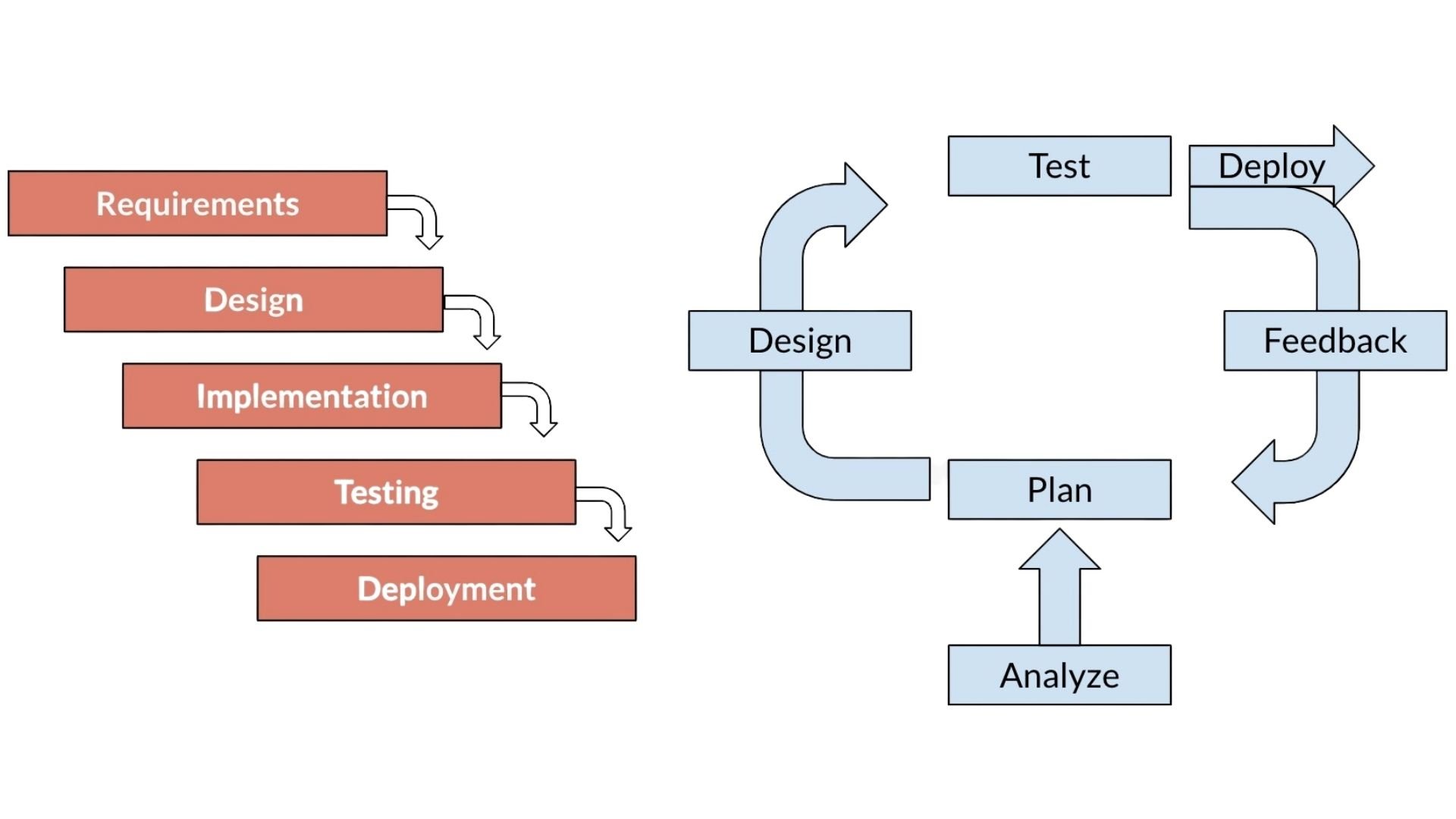Agile Is A Mindset
Companies or businesses often ask “What is Agile?” or “Why will Agile work for us?”.
To understand these questions we must ask a different question first: What exactly is an Agile mindset?
Let’s break it down to a basic level. What do people normally do when they are encountered with problems? They try to overcome these problems by finding solutions and removing obstacles.
That’s essentially what an Agile mindset is; adapting, becoming flexible, and constantly changing. And during that entire process, we are constantly solving pieces of the larger problem.
An Agile mindset helps with the success of Agile management.
What Is Agile?
Agile came about in the early 2000s when a group of software developers in Oregon sat down to discuss how they could speed up development times with the goal of getting their product to market quicker than expected.This led to the birth of the Agile methodology and it became a term for managing the software development life cycle.
Essentially, instead of the traditional approach of moving through the different stages of development from conception, design, development, testing, and implementation, development is broken down into a series of time-boxed phases known as sprints, iterations, or releases.
Each of these sprints lasts for 2-4 weeks with the goal of deploying fully built features from each sprint which constitutes a piece of the overall project. Each sprint consists of the same steps had the project employed a more traditional waterfall approach.
The end result allows for more flexibility than a waterfall project. As for scope changes throughout a project, it becomes far easier to manage as we can adapt to the changes through each iteration and sprint.
Everything is broken down into phases. In today’s fast-paced and evolving world projects have become much larger and complex in nature and this is where Agile helps the most with the likelihood of change and uncertainty during these projects.
How Do Agile Projects Differ From Waterfall Projects?
The waterfall methodology was the traditional approach to undertaking development projects before Agile became widely adopted.
Waterfall projects have a defined timeline where the project has to be delivered by set launch date. However, they place little emphasis on client involvement or adapting to change.
Agile practices have become widely popular in the last decade as clients look to change the behaviour of how their projects are run.
Below are some of the key differences between both methodologies:
- Agile projects are iterative and incremental; Waterfall is linear
- Agile projects may not have a defined completion date; Waterfall have set completion dates
- Agile projects have sprints or releases. Waterfall do not
- Agile projects have continuous changes in requirement; Waterfall projects are well defined
- Agile is flexible, Waterfall is sequential
The diagram below illustrates a Waterfall model to the left and an Agile approach to the right:

Agile Principles
Historically, clients were always in the mindset of working on traditional Waterfall projects where their primary involvement was at the beginning and at the end.
With an Agile way of working, they can be brought into the process much earlier and more frequently where they can be a key decision-maker. This way they can be satisfied with each outcome through the lifecycle.
Everyone involved in the project is a decision-maker and collaboration is key to the success of projects. After every sprint, every team member can review and evaluate the sprint and have a say in how the next sprint is planned.
Continuous development and delivery are integral to Agile. Pushing out features as they are developed, tested, and approved are integral to the Agile process.
Finally, Agile is all about accepting changes will occur, possibly frequently, and adapting to those change in requirements is key to successful delivery.
To Sum It Up
The benefits of Agile development far outweigh a more traditional approach and we can expect a higher quality product at the end that ultimately leads to a happy client.
👋 Hey Sitecore Enthusiasts!
Sign up to our bi-weekly newsletter for a bite-sized curation of valuable insight from the Sitecore community.
What’s in it for you?
- Stay up-to-date with the latest Sitecore news
- New to Sitecore? Learn tips and tricks to help you navigate this powerful tool
- Sitecore pro? Expand your skill set and discover troubleshooting tips
- Browse open careers and opportunities
- Get a chance to be featured in upcoming editions
- Learn our secret handshake
- And more!

